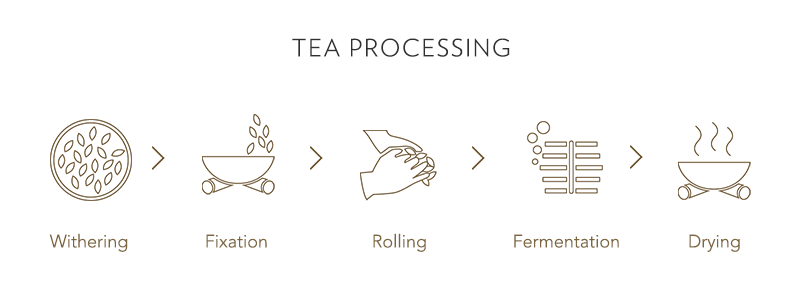Chinese Oolong Tea



A Little Extra – Guanyin’s Gift / Tie Guanyin, or Tie Kwanyin, of Anxi province is one of the “Ten Great Teas of China. “Tie” means iron, and Guanyin is a female deity worshipped in the Chinese Buddhistic pantheon, and so the name is also rendered as “Iron Bodhisattva” or “Iron Buddha”. In the 1700s, there was a devout Buddhist tea farmer named Wei Yin in Anxi province, who placed an offering of tea before the statue of Guanyin every morning and night. One night, as the legend goes, he dreamt that he found a tea tree hidden amongst the rocks with an extra-ordinary fragrance. The next day, he traced the path he had taken in his dream, and found a tea tree with lush green leaves and tender purple buds. He replanted this tree in his garden, and named it after Guanyin, who he believed had granted him this gift.

Oolong tea, also known as blue tea, is a family of half-oxidised teas boasting some of the most distinctive tastes. Its name comes from the Chinese for “dark dragon”, which refers to the serpentine shape and dark colour of the large, twisted leaves. Of the six categories, Oolong tea is the most demanding, and the traditional method for brewing it is more complex and ritualistic. Extracting the full flavours and aromas from Oolong tea through control of water to leaf ratio, steeping time, and temperature, among other things, is a delicate art, which is why the skill is referred to as “gongfu tea” – the same “gongfu”, or “kungfu”, that denotes the skill in martial arts.
![]()

